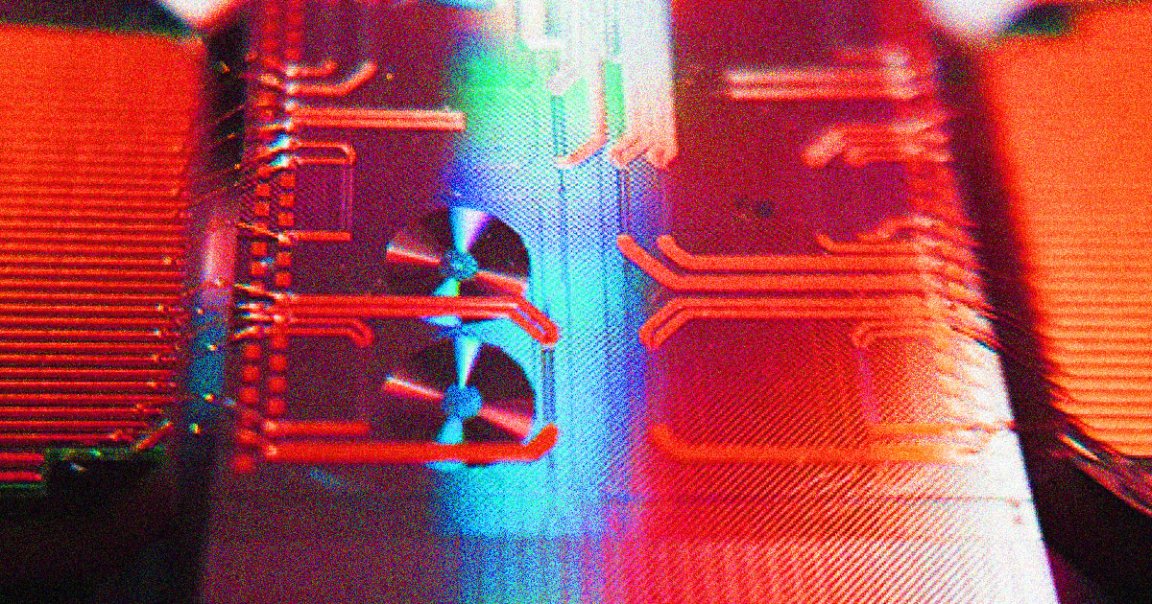
Gate Keepers
Just like quantum computers have their own versions of bits known as qubits, they also need their own versions of logic gates, which control the flow of information in a computing system.
Now, a team from Purdue University has published a study in the journal npj Quantum Information detailing their creation of one of the first known quantum gates incorporating qudits as opposed to qubits — and it could help usher in the era of quantum computing.
Of Bits and Qudits
Bits are essentially the building blocks of today’s classical computers. Each bit can store either a 1 or a 0, and if you put enough bits together, you can process quite a lot of information — but not nearly as much as you could process using qubits.
Qubits are the quantum computing version of bits, but rather than storing either a 1 or a 0, a qubit can store both, either, or neither at once, which dramatically increases the potential processing power of a computer.
The problem with qubits is that they are incredibly unstable, and that makes creating a system with a lot of them extremely difficult — IBM’s first commercial quantum computer, which it unveiled in January, contains just 20 qubits, giving it far less processing power than classical computers already in service today, which can have hundreds of millions of logic gates.
For several years, researchers have explored the value in trading in qubits for a different quantum building block: qudits. Instead of being limited to just two states like qubits, qudits can exist in more than two states — 0 and 1 and 2, for example — and for every added state, the processing ability of a single qudit increases.
In other words, you’d need fewer qudits than qubits to encode and process the same amount of information.
Photon Fun
To create their qudit-incorporating quantum gate, the team from Purdue started by encoding four qudits in two entangled photons in two domains — frequency and time. The team chose photons because they aren’t easily disturbed by their environment, and the use of multiple domains allowed them to achieve more entanglement using fewer photons.
“Photons are expensive in the quantum sense because they’re hard to generate and control,” researcher Poolad Imany said in a press release, “so it’s ideal to pack as much information as possible into each photon.”
The finished gate had the equivalent processing power of 20 qubits, despite only requiring the use of four qudits, with the benefit of added stability from the photon usage — making it a promising system for future quantum computers.
READ MORE: Researchers build transistor-like gate for quantum information processing – with qudits [Purdue University]
More on qudits: New Breakthrough Work Finally Reveals Quantum “Fingerprints”